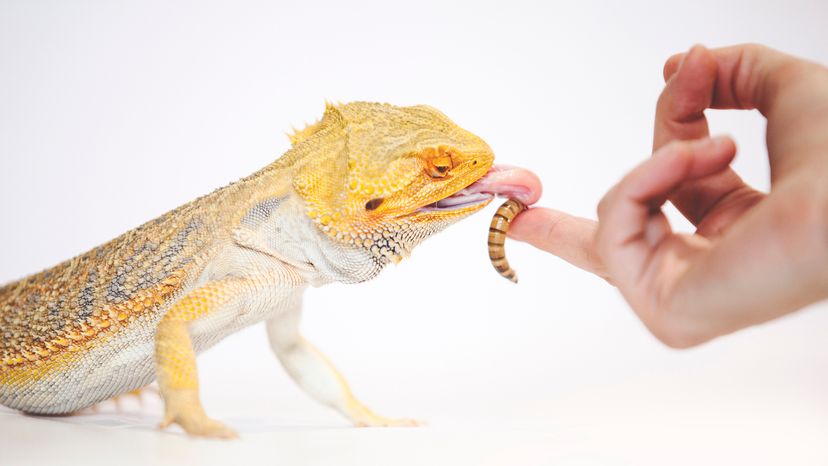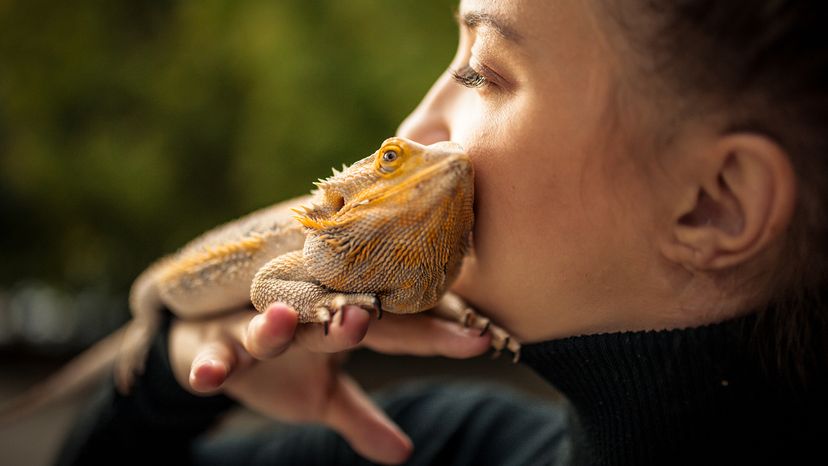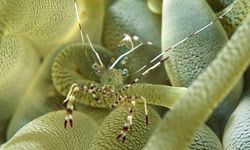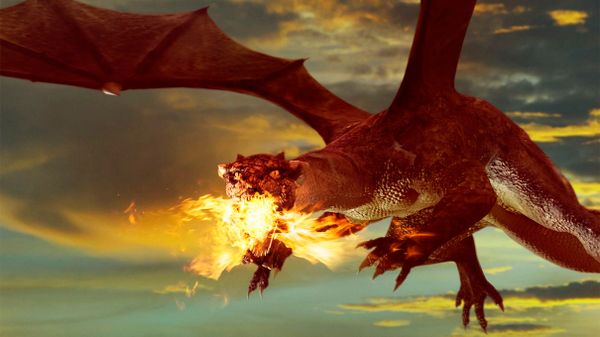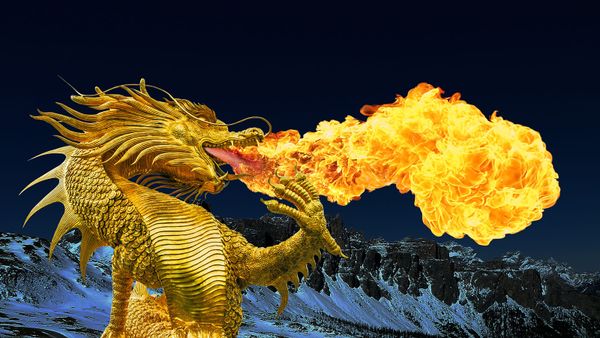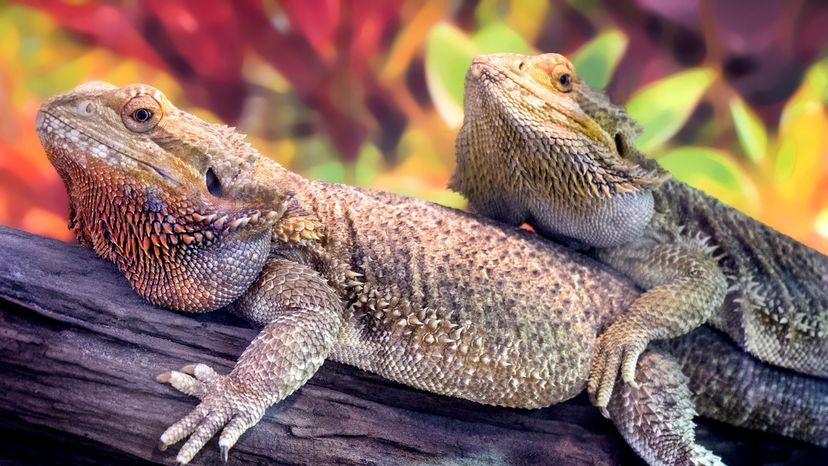
OK, so they don't breathe fire, they don't fly and you can't ride them into battle, but bearded dragons are pretty cool pets. They're chill, they come in different colors and patterns and they get all blissed-out when their heat lamps are perfectly positioned. So what exactly is a bearded dragon?
Bearded dragons are the epitome of low-maintenance coolness in the reptile world. These companions with triangular heads and flat bodies are covered in soft, spiny scales, and their calm demeanor makes them a popular choice among pet owners.
Advertisement
Whether you're intrigued by their distinctive appearance or touched by their gentle nature, bearded dragons live up to the hype as surprisingly affectionate pets.
